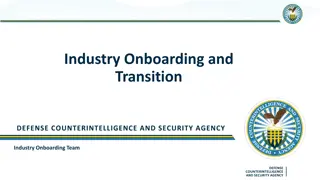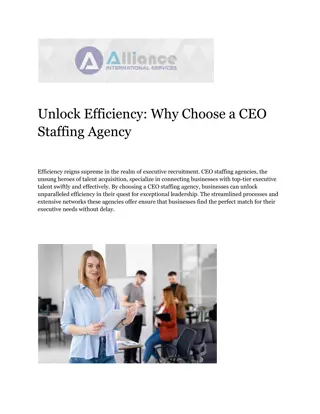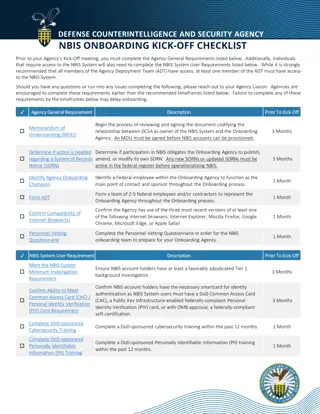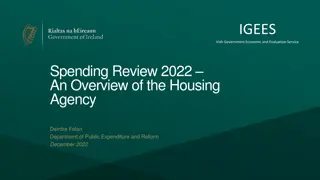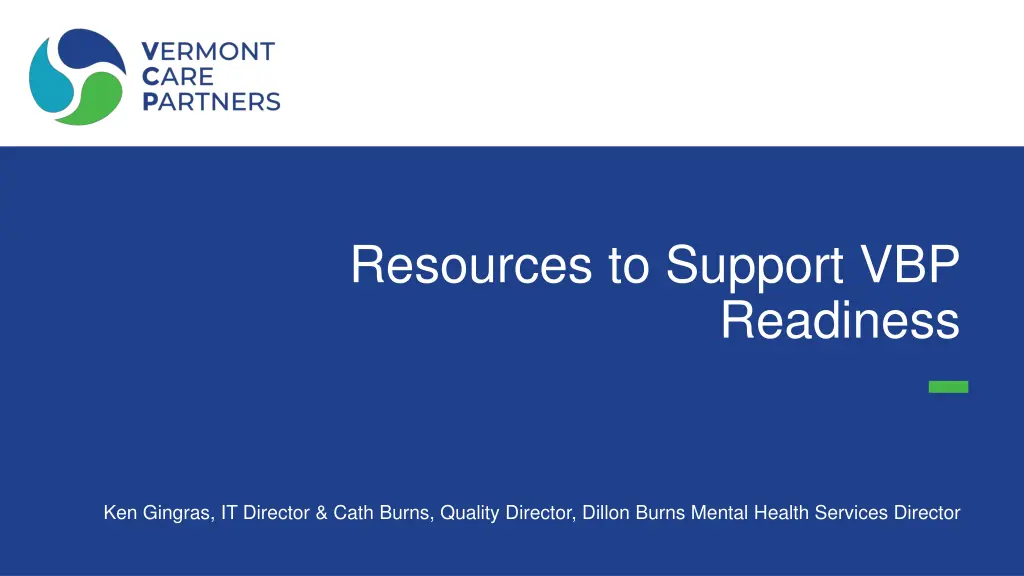
Resources to Support VBP Readiness and Tools for Vermont Care Partners
Explore resources and tools for Value-Based Payment (VBP) readiness, including Vermont Care Partners (VCP) measures, certification processes, data repositories, and more. Gain insights into measuring access to care and calculating outcomes to enhance your agency's preparedness for VBP initiatives.
Download Presentation

Please find below an Image/Link to download the presentation.
The content on the website is provided AS IS for your information and personal use only. It may not be sold, licensed, or shared on other websites without obtaining consent from the author. If you encounter any issues during the download, it is possible that the publisher has removed the file from their server.
You are allowed to download the files provided on this website for personal or commercial use, subject to the condition that they are used lawfully. All files are the property of their respective owners.
The content on the website is provided AS IS for your information and personal use only. It may not be sold, licensed, or shared on other websites without obtaining consent from the author.
E N D
Presentation Transcript
Resources to Support VBP Readiness Ken Gingras, IT Director & Cath Burns, Quality Director, Dillon Burns Mental Health Services Director
Tools and Approaches 1. Vermont Care Partners Center of Excellence Certification Process 2. Measure Definition 3. VCP Data Repository 4. Peer Resources 5. PR Readiness Assessment
Vermont Care Partners Centers of Excellence VCP COE measures were used to inform PR incentive measures If your agency has been reviewed or is in the process, you will already be on your way toward being prepared
Measure Clarification/Definition VCP staff, the outcomes group, and the directors group work together to develop recommended clarifications to value based payments These efforts are an extension of the original COE measure definitions Currently, sub groups are working on clarifying: Access to care definitions (year 2 measures) Types of screens for trauma and substance use disorder (year 2 measures) A measure that would assess the social determinants of health
Guidance for Measuring and Calculating Access to Care MH, CYFS, ES, ADAP Revised 9/26/18 Definition Potentially Collected via: Numerator Denominator Notes and Recommended Service Codes (See attached list) Inactive = 1 year without service or being open What is the client Any inactive person calling requesting help Date an inactive person called requesting an intake appointment. This does not include calls requesting general information about services. - - A. Start Time - Intake appointment requested or emergency service requested A service code that indicates that an inactive person has called requested help. This would automatically be date stamped. - - Measured by date only (Date they called or walked in) Need to work with vendor to ensure that this can be collected there are some unknowns here because we aren t sure of vendor. This is the expectation that this information be collected regardless of the vendor this is a point of negotiation Nonbillable Service Code - 18 This could be a referring agency (e.g., hospital referring a potential CRT client for an evaluation for eligibility, DCF starting a referral for IFBS, an official referral for school based services) Date of first appointment offered (taken or not) A. First Offered Appointment A service code that indicates the first appointment offered that is automatically date stamped A service code with date stamp - - Nonbillable Service Code 19 A. First Face to Face Completed Next Clinical Service Date of first billed service - - Use billed service code A. Date of clinical service following 1stclinical service completed A service code with date stamp - - Do not include people who did not have a first taken appointment Acceptable codes face to face contact codes (anything that is not phone) across programs Use billed service code (Access Measurement) Difference between A and B Difference between A to C #/% with offered appointment within 5 days # and % # received an offer within 5 days # of inactive clients calling saying they need help #/% seen within 14 days after first taken # and % # of people in D within 14 days (Engagement Measurement) Difference between C to D
VCP Data Repository 1. What is the repository? A place where agency data is stored for review and analysis Data is NOT shared but aggregate information is available 2. What data is used in the repository? Phase 1 Monthly Service Report (MSR) data Phase 2 Service and treatment information 3. What would I use the repository for? Quality improvement Program management Monitoring for payment reform activities
Peer Resources IFS Lessons Learned Seek peers for possible formal agency trainings (Mark Hamilton on payment reform, for example) Program Director Groups use your colleagues for brainstorming, ideas, and lessons learned, workflows
VCP Operational Readiness Tool This is a worksheet that agencies can choose to use to organize around payment reform Will be used as a basis for agency-specific discussions later today Covers: Developing a Vision Performance Measures Assessing Baseline Managing Programs and Services Billing Practices Compliance
If you want to learn more. Ken and Cath are happy to meet with your team to talk you through your data and how you can use it!


